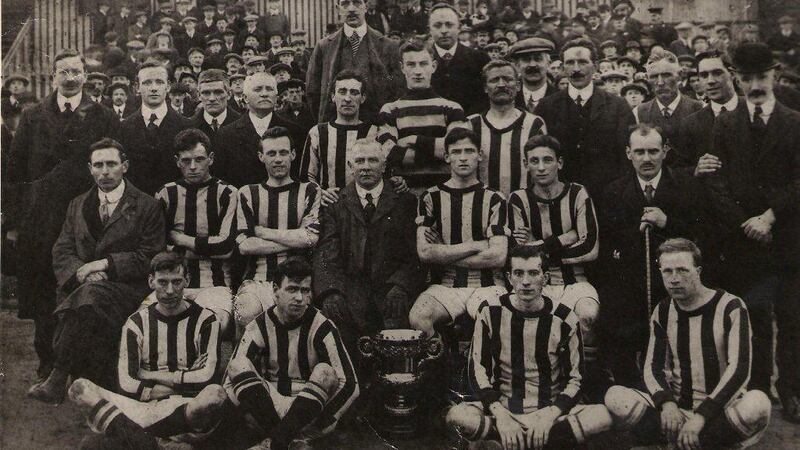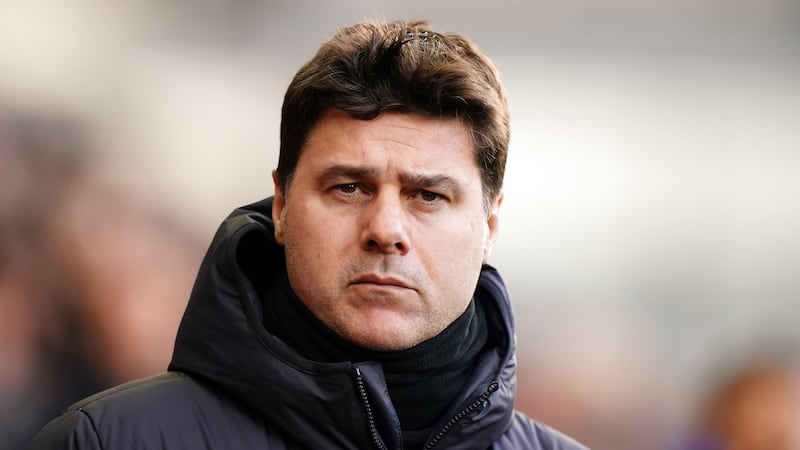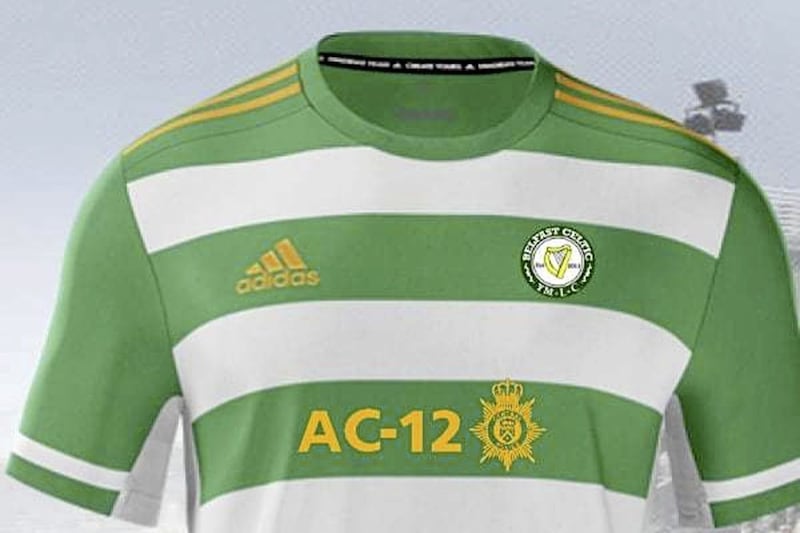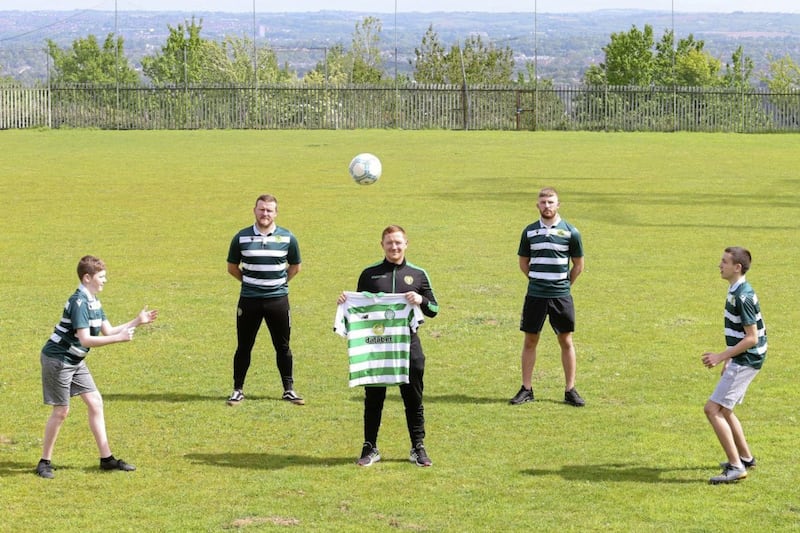AS with each decade of the 19th century, the final years of the 1800s were laced with both significant, and insignificant events, unfolding around the globe.
In 1891, the lynching of eleven Italians in the Old Parish Prison in New Orleans was among the first signs of the existence of organised crime in the USA.
In that year, physician Dr William Robert Woodman, a devotee to the study of the occult and the paranormal and a founder of the Hermetic Order of the Golden Dawn, died suddenly in London.
At the Vatican, social justice and the protection of the rights of the urban poor was the theme of Pope Leo XIII’s encyclical Rerum Novarum.
Meanwhile, the poor and underprivileged of west Belfast were about to witness the coming of an almost ‘supernatural’ power Belfast Celtic.
Association football in Ireland was already expanding under the auspices of the Belfast-based Irish Football Association that had been formed in 11years earlier.
The Irish League had only been in existence since 1890, while international matches were already being staged using players from clubs such as Cliftonville, Linfield, Bohemians, Alexander, Ulster, Avoniel, Ligoniel, Moyola Park, Knock and Down Athletic.
Meeting at 88 Falls Road, representatives from local junior clubs including Clondara and Millvale decided to amalgamate.
The new entity was named Celtic in deference to the Glasgow club founded four years earlier by Brother Walfrid and on whom they hoped to model themselves (the Belfast prefix would be required on legal documents).
Bob Hayes, its first secretary, received a generous donation from the Glasgow cousins to help the Belfast Celts on their way.
By the time admission to the senior league arrived in 1896, the Celts had indicated what might be achieved. The club won three consecutive Robinson and Cleaver Shields, lost two County Antrim Shield finals before beating Distillery 3-1 to win in 1895.
The club’s initial nomadic existence was replaced by temporary residency at fields near Shiels Street and on the Whiterock Road at The Klondyke – later to become MacRory Park.
Celtic Park on the Donegall Road, now the Park Centre shopping mall, was established as the club’s permanent home in 1901. To the devoted supporters it became known as Paradise.
At that stage, Celtic had been in senior football for five seasons and its first league championship had already been sealed before the new century arrived. Pat McAuley, the first Celtic player to be capped by Ireland, was the team’s top marksman scoring eight of its 18 league goals.
The last of these came against Distillery at The Klondyke on November 4, 1899 as Celtic clinched the title by a single point. Linfield, Cliftonville, Distillery and Glentoran knew then that these new kids on the block were here to stay for some time.
In recognition of the need to run its affairs on a more business-like manner, the inaugural board of directors of The Belfast Celtic Football and Athletic Company Limited was registered under the requirements of the Companies Act on July 19th 1901. ‘Belfast’ was added to the registered name.
The company’s Memorandum of Association stated that a ground would be provided for football, cricket, cycling, athletics and other sports.
Celtic Park would include stands, pavilions, stages, lavatories, refreshment rooms and other conveniences all of which was good news for the directors, the majority of whom were wine and spirits merchants. However, James Millar, John McKenna, David McCloskey, John Rooney, Hugh Fitzpatrick, Charlie Watters, Henry Scullion and Patrick McCreesh were not completely motivated by self-interest.
In keeping with its provision to help charitable causes, Celtic donated £100 to the local hospital after winning the 1904 Charity Shield.
The first decades of the 20th century were turbulent times in Ireland and the rest of Europe. The Home Rule crisis and the emerging threat of war in Europe was the backdrop to civil disturbances in Belfast.
Celtic, realising its importance to the economic wellbeing of the game, had several ongoing disputes with the Irish FA.
In 1907 a withdrawal from the league was threatened because the board believed that Paradise was being overlooked as an international venue.
In 1912, Celtic, along with other clubs, broke away briefly from the Irish FA in a quarrel about the allocation of gate receipts.
In that same year Paradise hosted a political rally in support of Home Rule at which Winston Churchill was the main speaker.
Trophies continued to make their way to the Celtic boardroom either side of the Great War with the one outstanding absentee finally arriving on April 24th 1918.
At the third attempt, a midweek replay was needed before victory in the Irish Cup was achieved following the two-nil defeat of Linfield. Norman Stewart got both goals for the Celtic side that was led by Ireland captain Mickey Hamill. Elisha Scott, back from Liverpool for the duration of the war, was in goal while future Chelsea star Jimmy Ferris was up front.
Football was unable to avoid the maelstrom that followed the Easter Rising, the Irish Civil War and Partition.
In 1920, Celtic’s directors, fearing for the lives of its players and supporters, took the decision to withdraw from the league. On May 15th, the game at Glenavon‘s Mourneview Park ended 1-1.
It would be another 50 months before the famous green and white hoops would grace any football ground again...








